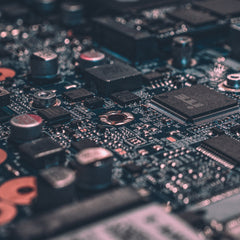
CAN FD – The Next Big (Fast) Thing
The CAN protocol (ISO 11898) has remained relatively unchanged since it was introduced in 1993 as CAN 2.0 A/B. In the last few years, CAN FD (for Flexible Data rate or “Fast Data” as we like to call it) was introduced and is now defined as ISO 11898-1. The CAN FD protocol is backward compatible. Any CAN FD device can understand CAN 2.0 frames (now known as “Classic CAN”). However, the opposite is not true. If a Classic CAN node encounters a CAN FD frame, it will destroy the packet with an error frame.



